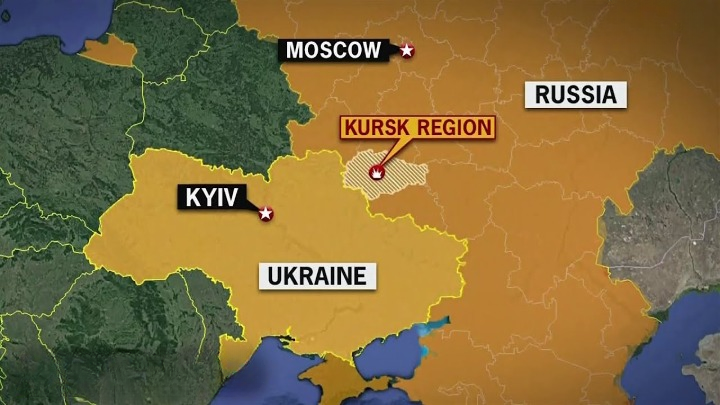
- Ukrainian forces unexpectedly advanced 4 km into Russia’s Kursk region, seizing 28 settlements.
- Russia quickly mobilized and largely neutralized Ukrainian brigades, threatening major retaliation.
- Russia accused Ukraine of using Western-supplied weapons and warned against further Western involvement.
- President Zelensky led the operation despite opposition, but the offensive resulted in significant losses for Ukraine.
Unexpected Ukrainian Invasion in Kursk
In the last few weeks, there has been a significant development in the conflict between Russia and Ukraine. The Ukrainian military has invaded the Russian territory of Kursk, located in the westernmost region of Russia. This invasion has caught Russia by surprise, as the Ukrainian forces have managed to advance nearly 4 kilometres into Russian territory, taking control of 28 settlements.

This unexpected move has surprised Russian intelligence and military, as they did not anticipate that Ukraine would launch such a bold offensive. The primary focus of the war had been on the central and eastern parts of Ukraine, and this strategic shift by Ukraine has created a significant dilemma for Russia.
Russian Military Response and Warnings
Following the incident, the Russian military swiftly mobilized into the region of Kursk and largely managed to neutralize the Ukrainian brigades. However, some of the settlements remain under Ukrainian control. In response, Russia has issued stern warnings to Ukraine, signalling the possibility of significant retaliation. After this Ukrainian incursion, Russia has made it clear that there will be no discussions of a ceasefire. Instead, a comprehensive and decisive retaliation may be forthcoming.
Additionally, Russia has accused Ukraine of using Western-supplied weapons, specifically those from the United States and other allied countries, to target Russian regions. In light of this, Russia has warned Western nations against further involvement in the conflict, suggesting that any retaliation from Russia may also target countries that support Ukraine.
It has been reported that the major architect of this Ukrainian incursion into Russian territory is President Zelensky himself. His goal was to create strategic confusion for Russia. However, many reports indicate that other Ukrainian military officers were strongly opposed to this move, considering it irrational and unlikely to bring significant benefits to Ukraine. Despite their concerns, President Zelensky did not heed the advice of these officials and military leaders, choosing to proceed with the operation.
The Consequences of the Kursk Operation
Assessing the outcomes of this move, it is difficult to foresee any positive results for Ukraine. The majority of the Ukrainian forces sent into the region of Kursk have already been neutralized, leading to significant losses of manpower and resources for Ukraine in what can be seen as a reckless operation.

It’s important to recognize that this move may not have been well-considered. Ukraine is already struggling on multiple fronts and lacks sufficient resources to sustain prolonged engagements. Opening another front and diverting resources could exacerbate Ukraine’s challenges.
Moreover, this operation raises questions about Ukraine’s overall strategy. Is the primary goal to defend its territory or to launch premature offensives? Offensive operations require substantial resources and military readiness, which Ukraine currently lacks. In 2023, Ukraine’s death rate was three times higher than its birth rate, indicating a population decline. President Zelensky’s decision to engage on multiple fronts might only worsen Ukraine’s situation, leading to further complications and potential losses.
References:
Aayush Pal is a freelance writer on contemporary geopolitical developments. The views expressed in his work are entirely his own.
